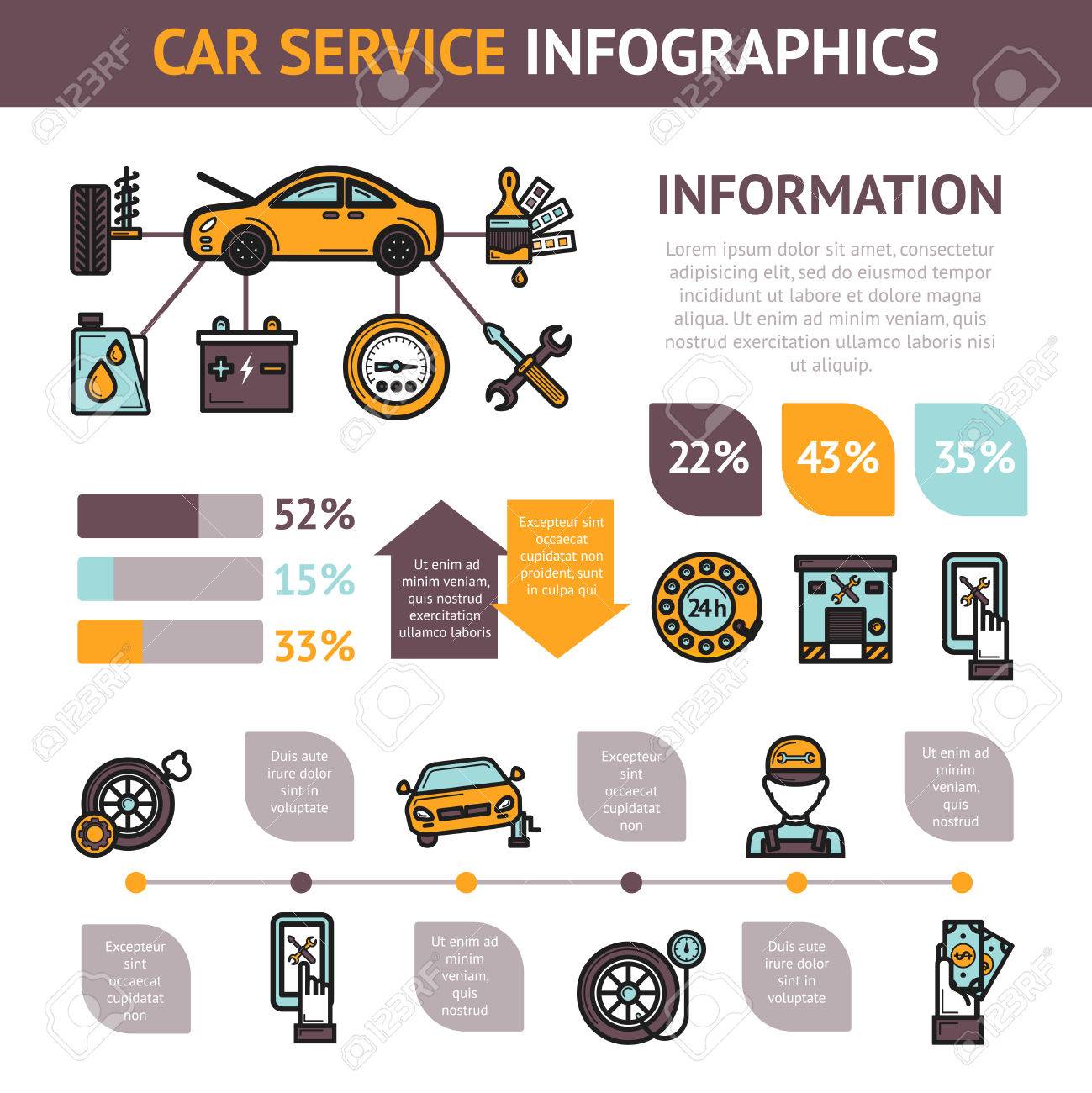Translating Your Car'S Caution Indicators: What They Really Signify
Translating Your Car'S Caution Indicators: What They Really Signify
Blog Article
Post By-Faulkner Kejser
When you lag the wheel, those beautiful caution lights on your control panel can be a little bit bewildering. Do you know what they're attempting to tell you about your auto's wellness? Comprehending washing cars of these lights is crucial for your safety and the durability of your vehicle. So, the following time among those lights pops up, wouldn't you wish to analyze its message properly and take the essential steps to address it?
Common Caution Lights and Interpretations
Recognize usual caution lights in your cars and truck and recognize their meanings to ensure risk-free driving.
The most typical caution lights consist of the check engine light, which indicates issues with the engine or discharges system. If this light comes on, it's essential to have your vehicle examined promptly.
The oil pressure advising light suggests low oil stress, needing instant interest to avoid engine damages.
https://brake-check39406.ja-blog.com/32162283/astonishingly-practical-mobile-auto-outlining-services-not-just-conserve-you-time-and-money-but-also-enhance-your-lorry-s-long-life-find-how-they-can-change-your-routine blinking battery light might recommend a damaged billing system, possibly leaving you stranded if not dealt with.
The tire stress monitoring system (TPMS) light notifies you to reduced tire pressure, influencing lorry stability and gas effectiveness. Overlooking this could lead to risky driving conditions.
https://www.underhoodservice.com/auto-pros-on-the-road-turning-wrenches-european-auto-repair-louisville-ky/ shows an issue with the anti-lock stopping system, jeopardizing your capacity to stop rapidly in emergencies.
Last but not least, the coolant temperature advising light warns of engine getting too hot, which can result in serious damages if not solved promptly.
Recognizing these typical warning lights will aid you resolve problems immediately and preserve secure driving problems.
Value of Prompt Attention
Recognizing the usual caution lights in your car is just the initial step; the value of immediately attending to these warnings can not be stressed sufficient to guarantee your security on the road.
When a caution light illuminates on your dashboard, it's your car's means of communicating a prospective problem that needs attention. Disregarding these warnings can lead to much more serious troubles in the future, jeopardizing your security and potentially costing you more out of commission.
Prompt focus to advising lights can stop failures and crashes. As an example, a blinking check engine light can suggest a misfire that, if left unattended, might trigger damage to the catalytic converter. Addressing this immediately can conserve you from a costly repair work.
Similarly, a brake system alerting light may indicate reduced brake fluid or worn brake pads, important elements for your safety when driving.
Do It Yourself Troubleshooting Tips
If you discover a caution light on your control panel, there are a couple of do it yourself troubleshooting suggestions you can attempt prior to seeking professional assistance.
The first step is to consult your vehicle's handbook to comprehend what the certain warning light suggests. Occasionally the issue can be as easy as a loose gas cap setting off the check engine light. Tightening the gas cap may solve the trouble.
One more common concern is a low battery, which can cause various advising lights. Examining the battery links for deterioration and ensuring they're secure may repair the trouble.
If a caution light persists, you can try resetting it by separating the auto's battery for a couple of mins and afterwards reconnecting it. In addition, examining your lorry's liquid degrees, such as oil, coolant, and brake fluid, can help fix warning lights associated with these systems.
Verdict
To conclude, recognizing your car's warning lights is important for maintaining your lorry running efficiently and safely. By quickly resolving these notifies and understanding what they imply, you can prevent pricey repair work and potential failures.
Remember to consult your car's handbook for specific details on each alerting light and act as necessary to make certain a trouble-free driving experience.
Stay educated, stay secure when traveling!
